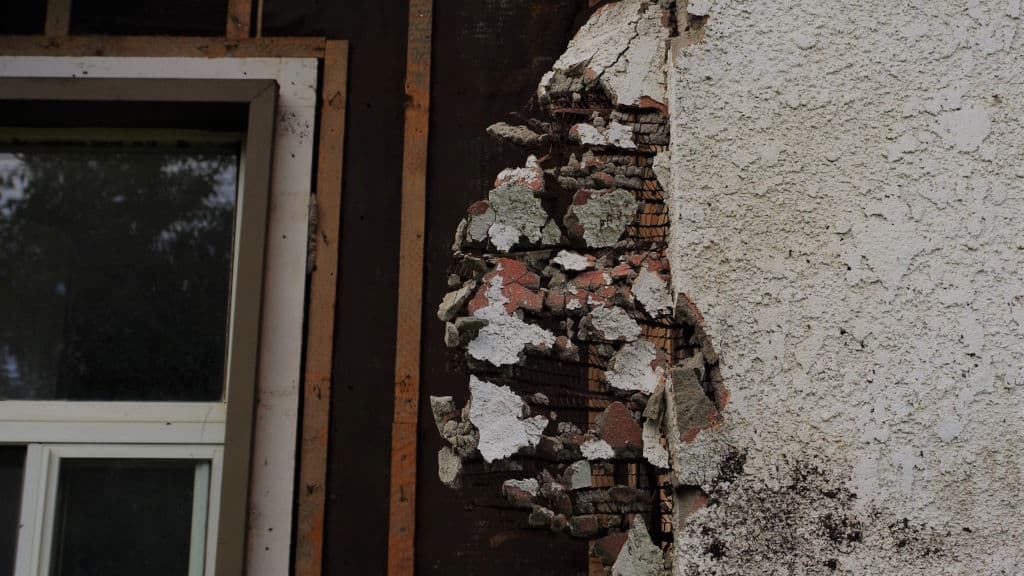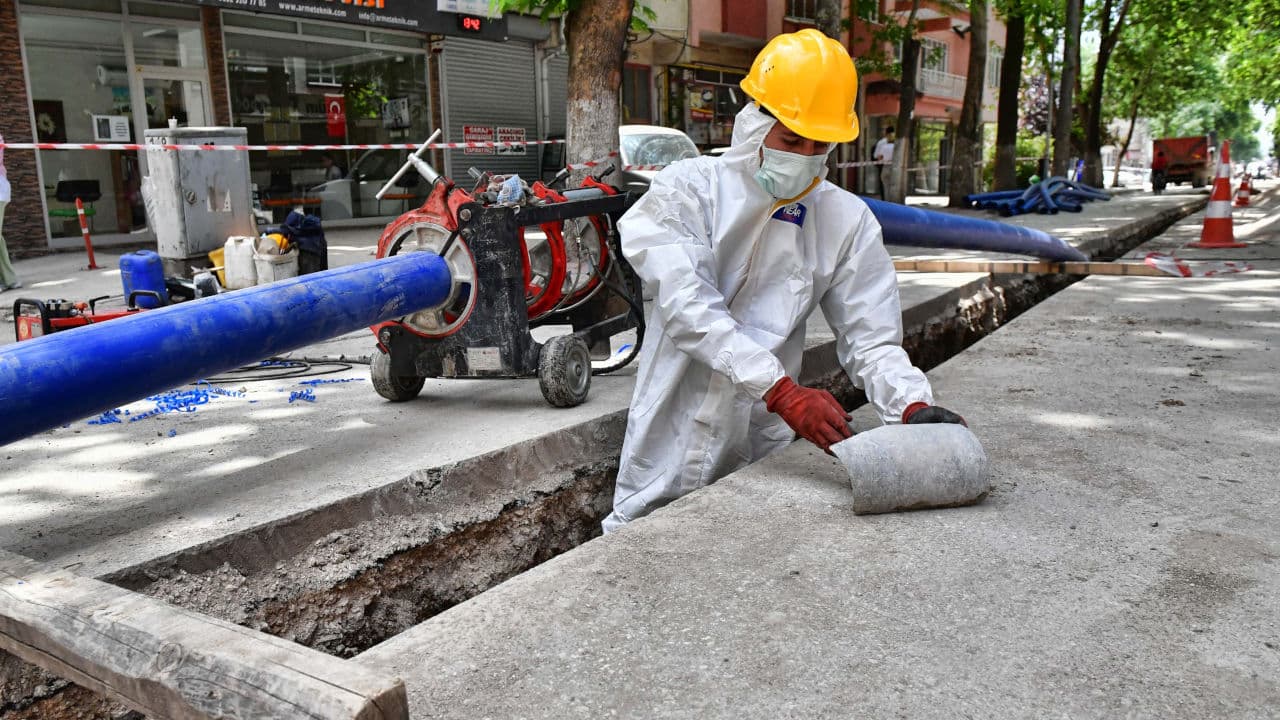Exposure to certain naturally occurring minerals has been shown to have deadly effects and cause severe harm to human life. Such minerals include lead, mercury, uranium, silica, asbestos, and arsenic.
Before the risks of asbestos were realized, it was found in thousands of consumer products in the United States, and according to the Mesothelioma Center, every year, approximately 90,000 individuals worldwide die from asbestos-related diseases. An estimated 125 million people are still in danger of asbestos exposure at work around the world.
In addition, about 1.3 million construction and general industry workers in the United States are exposed to this harm.
What is Asbestos?
Asbestos is a set of six minerals made up of heat-resistant fibers found naturally.
Diseases like mesothelioma, lung cancer, ovarian cancer, asbestosis, pleural effusions, laryngeal and other malignancies are all caused by asbestos exposure.
Even though asbestos has been banned in more than 60 countries, its use is only regulated in the United States, not prohibited.
The bodies regulating the use of asbestos in the U.S. are the Occupational Safety and Health Administration, the National Institute for Occupational Safety and Health, the U.S. Environmental Protection Agency, the Consumer Product and Safety Commission, and the U.S. Food and Drug Administration.

What Must Be Proven In An Asbestos-Related Case?
Asbestos-related cases are no joke, as most victims have to live with the effects of such exposure for the rest of their lives. An example is mesothelioma, which is not curable but can be controlled through adequate treatment.
This is why due diligence must be exercised in a case involving asbestos to ensure that the victim acquires compensation for the suffering and treatments. The average asbestos claim payout is between $1 million and $1.4 million.
The following should be proven in an asbestos-related case:
- Was there asbestos exposure?
The first step in pursuing an asbestos-related claim is establishing that you were exposed to asbestos.
The most common way to be exposed to asbestos is by inhaling it, but it can also be consumed by ingesting it. Because asbestos exposure is cumulative and can develop over a lengthy period of time, proving that you have mesothelioma or another asbestos-related ailment is sufficient to demonstrate that you have been exposed to asbestos.
Some people have worked with asbestos for years and have had no negative health consequences. If you suspect you’ve been exposed, you should tell your doctor and receive regular exams.
However, it is crucial to note that to file a claim, one must be suffering from an asbestos-related ailment.
It should be noted that in a case involving proving harm linked to asbestos, the use of courtroom animation may prove very useful because of the lengthy time frame of the development of the side effects. This may seem shocking, but the side effects of exposure to asbestos, which are usually horrific, usually show up only 10 to 40 years after such exposure.
In the case of Tragarz v. Keene Corp, the claimant was exposed to asbestos and developed mesothelioma after many years of exposure to asbestos as a sheet metal worker. He also died as a result of the ailment. In the case, it was required that the claimant provide evidence that he was exposed to asbestos, which he did appropriately.
- When and where did the exposure occur?
The mere fact that one has an asbestos-related ailment does not entitle such a person to compensation. Finding out where and when you were exposed to asbestos is the next step, and it’s a big one. This is essential in determining which businesses are to blame for your disease.
If your employer was alert to the possibility of asbestos exposure, they had a duty to protect employees.
This could include providing safety equipment, teaching staff proper handling techniques, and determining the risk of exposure. They may be held accountable for the disease if they were aware of the risk and did not take precautions to protect such employees.
Conclusion
Asbestos-related diseases are catastrophic and devastating. The least that can be done is to put due effort into attaining justice and compensation in a court of law. If there is excessive complexity and misinformation about the ailment in the case, courtroom animation can be used to prove the correct information to the jury and secure a win.






